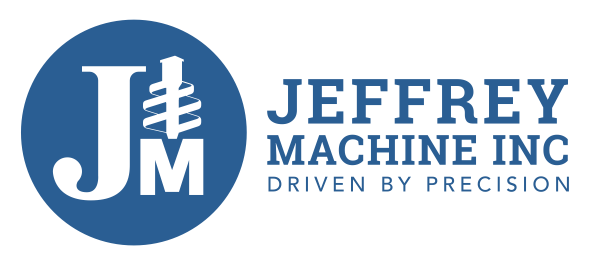What Is Horizontal Auger Boring & How Does It Work?

Outside of experts in the field, not many people fully comprehend what horizontal auger boring is and how it works. The process involves trenchless excavation used to excavate boreholes under the Earth’s surface. Let’s take a closer look at how this process works and the tools that make it possible.
The Excavation Process
The auger machine is first secured in a launching pit that was excavated beforehand to the intended installation depth. Torque and thrust are then used to move the auger and its casing forward to create a horizontal path. A pipe casing is then laid in sections as progress is made along the borehole—accomplishing the task of boring and laying the necessary piping simultaneously.
This process is typically used to install oil, gas, water, and sewer pipelines and is considered standard practice because of how cost-efficient it is compared to other methods. While best suited for soft soil, this boring process is usable in a variety of ground conditions provided you have the right auger parts. This method was established to decrease disruptions to daily life like traffic or damaging path roadways.
Aligning Equipment and Installing Pits
The pits that need to be made beforehand are located at the starting and end point of the bore. These pits range from roughly 26 to 40 feet in length and 8 to 12 feet in width. The auger machine is then mounted on a track that moves the casing pipe forward as the bore slides along. The tracks are set to the line and grade in which the pipes will be installed.
As for the bore itself, the auger uses a rotating helical shaft that is able to extract the soil while advancing forward using its spiral edges that are very similar to that of a screw. The helical shaft is attached to the cutterhead, which is the part of the bore that uses an electric motor to make the shaft rotate.
Making the Bore
With a better understanding of what horizontal auger borings are and how they work, we can now take a closer look at digging into the soil. First, thrust is applied to the boring machine by using hydraulic rams to push off the back of the boring pit. This advances the casing forward in order to carefully lay out the first casing along the precise line and grade before withdrawing the boring machine.
The next casing is placed and attached to the first casing, and the boring machine repeats the same process as before, this time also removing the soil by rotating the auger within the casing.
We’re proud to help support the auger boring industry with our custom flighting. We are a trusted source of components for drilling rig manufacturers. When you shop with Jeffery Machine Inc., you’ll always be treated to professional-grade flights.
